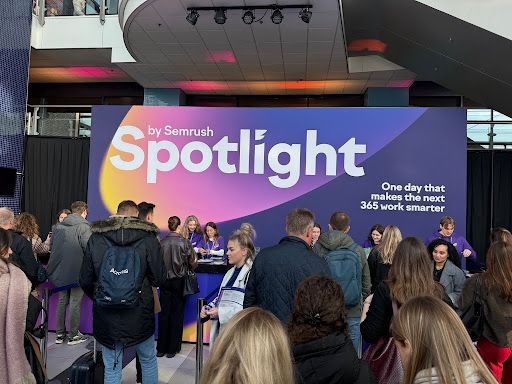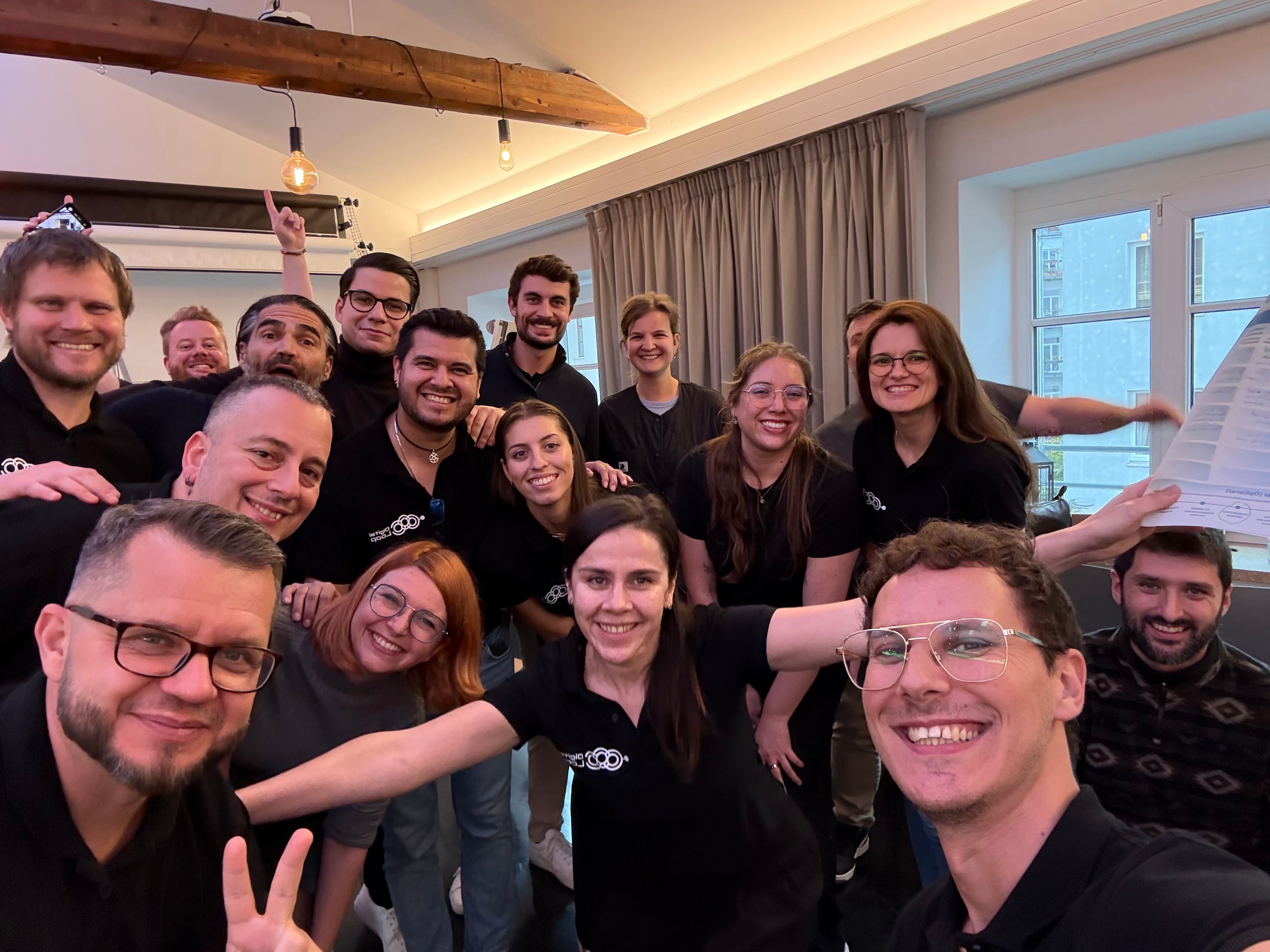Introduction
Search is rapidly evolving, and professionals are scrambling to keep up—many seem undecided about what to do next, as changes in search occur literally every other day. The arrival of AI Overviews, Bing Copilot, Perplexity, and other answer engines has left many SEOs feeling uncertain. Strategies that worked yesterday might be obsolete tomorrow. The game can flip anytime, and everyone is watching with their eyes wide open.
In reality, this moment is not entirely new. Every major shift in search, whether it was the introduction of PageRank, the rise of mobile, or the prioritization of Core Web Vitals, has initially caused confusion and disruption. What makes 2025 different is that the battleground is no longer just rankings or snippets: it’s also whether your content is trusted and selected as a source by large language models (LLMs).
This is where LLM optimization (also called Generative AI Optimization or GAIO) comes in. The objective is no longer only to rank highly in the SERPs, but to ensure your content is structured, authoritative, and machine-readable, so that in the best-case scenario, LLMs can confidently reference it when generating AI-powered answers. In other words, success in SEO today means optimizing not just for humans, but also for the algorithms that are learning how to “explain” the world on our behalf. However, this does not mean that you should optimize plainly for LLMs: putting the user first in mind is actually still the key.
Recent Developments in LLM and Search
- Google AI Overviews & AI Mode: Google now generates AI summaries across most queries. While impressions often rise, some publishers have reported traffic declines of up to 25% due to zero-click answers.
- Answer engines beyond Google: Bing Copilot and Perplexity.ai are steadily gaining traction. Unlike Google, these platforms show citations prominently, creating opportunities for brands to be referenced as authoritative sources.
- Shift from keyword to entity: Structured data, schema markup, and entity clarity have become essential. This is the core of structured data SEO in the AI era.
Why LLM Optimization Matters for SEO
Traditional SEO focused on ranking. You are suggested to have evergreen content that’s always relevant, so you have a steady stream of traffic. Although ranking still matters, it does not play the same role as before. LLM knows which source is good, it does not just automatically give leverage to high authority or popular sites. Large Language Models don’t simply reward the most popular or authoritative sites by default. Instead, they evaluate whether the content is clear, structured, and contextually reliable enough to be used in an AI-generated answer. That means a smaller site with highly specific, well-organized content can outrank or even replace big brands inside an AI Overview or Perplexity answer. In short, it picks which content it thinks has the best relevance for users in the context of that specific query. And remember: the usage of queries has more nuance than before. It’s no longer just keywords - it could show different intent use on different platforms.
In this sense, LLM optimization is about being:
- Answerable: Can your content be extracted cleanly into a direct answer that users will trust?
- Citable: Does your content include references, outbound links, and clear sourcing that make it a credible foundation for AI-generated text?
- Structured: Is your content wrapped in the right schema markup and organized with headings, lists, and definitions that help machines parse it?
- Trustworthy: Are E-E-A-T signals (experience, expertise, author transparency, and accuracy) visible and verifiable?
In sum, LLM optimization is about earning selection by AI, not just climbing SERPs. It ensures your brand is positioned where search is headed: inside the answers, not just on the results page. My perspective in terms of SEO in this matter hasn’t changed: write for users, but remember that in order for your content to be found, it has to be found through search engines… or LLMs.
Optimizing for AI Overviews and answer engines requires a mindset shift: you’re not just optimizing for machines that learn how to summarize answers. Your answer needs to be trustworthy and easily understood, preferably in layman's terms.
Strategize Your Content for Authority Topic
If it sounds like a pretty standard SEO strategy move, that’s because it is. Just the nuance is different. The way LLM is moving forward is to be able to understand the abundant content floating around on the World Wide Web, with less discrimination of where the content is sitting on. Be it a popular site or an article that just launched from an unknown website, as long as it has a good signal of authority on that specific topic niche, you have a fairer chance.
Case Example: Content Differentiation
Now, what we have as an example here is quite the opposite of what was described above. We’ll analyse a giant corporation name that has a content hub with various content offered. This site is a non-commercial part of the company, and this is what they have:
- Multiple content types without differentiation, such as articles, press releases, interviews, and reports.
- Weak authority signals and no brand presence.
- Most content is not, and is not designed to be evergreen content.
Despite the variety of content, if we look at it from the user’s perspective, it is hard to see the difference and role of each of its elements.
So what do we do? We start with the classic complete package of SEO audit. After the audit, we found out that the site has some technical issues, which are nothing out of the ordinary, such as broken links, redirect chain, LCP issues on mobile, and the list goes on. Why start with differentiating the content? First of all, if they are a non-commercial sector of a company, it means they have less brand presence than their commercial counterparts. Second, it helps LLM optimization as "laying the ground" because unique content helps to create a clearer direction of a concept and thus, also intent and user experience.
| Content Type | Structural Differentiation | LLM Optimization Benefit | Author/Linking Focus |
| Report | Use a combined abstract-introduction: a single opening section summarizing purpose, methods, and key findings (rather than separate abstracts and intros). | Shortens page depth; quickly clarifies topic, concept, and intent; helps LLMs extract context-efficient, snippet-ready summaries. | Highlight author profiles and credentials (e.g., CV-style bios for trust/authority). |
| Press Release | Upfront summary with bullet points: bullet out key announcements and benefits at the top. | LLMs and users quickly parse for main facts; improves snippet-friendliness and user scan-ability. | Link to brand/organizational pages for stronger authority signals. |
This approach basically laid the foundation—also because content is still king. Additionally, it helps the content team to have a better direction, since this step can also be used as a guide in content production and the content planning process.
What next? Obviously, it needs to go hand in hand with other aspects. To start with, each of these contents would need an appropriate schema markup for search engines and LLM altogether to be able to understand the context, and what kind of role it can play for users. Another thing is to prioritize tackling the technical issue that hinders user experience, such as LCP on mobile, broken links, and redirect chain.
Actionable Checklist
1. Structure content clearly
- Define content types (Explainer, How-to, FAQ, Report, Press Release).
- Add short answer summaries at the top.
- Use headings that mirror natural-language queries.
2. Apply structured data SEO
- Match schema to content types (HowTo, FAQPage, Article, TechArticle, etc.).
- Validate JSON-LD in Search Console or schema validators.
3. Strengthen authority signals
- Show and/or link author bios with credentials.
- Display last reviewed/updated dates.
- Link to credible external sources and relevant internal pages.
4. Address technical SEO issues tied to user experience
- Improve mobile loading speed and LCP.
- Fix broken links and redirect chains.
- Ensure navigation and internal linking are intuitive.
5. Monitor AI-driven visibility and engagement
- Track traffic sources from LLMs.
- Monitor how your brand is cited in AI-generated answers.
- Evaluate whether engagement and user satisfaction improve, not just raw traffic.
Key Takeaway
SEO should focus on creating content that is both useful, accessible, and trustworthy for people, while also ensuring it is understandable by machines. Ranking is still important, but it does not hold the same role as before. LLM optimization is not about chasing citations, but about structuring and presenting content so it benefits users first and foremost.
By understanding what matters most for users in your niche, you prepare your site for AI-driven search while maintaining relevance for real people. The future of search belongs to those who adapt early and never lose sight of the user.









